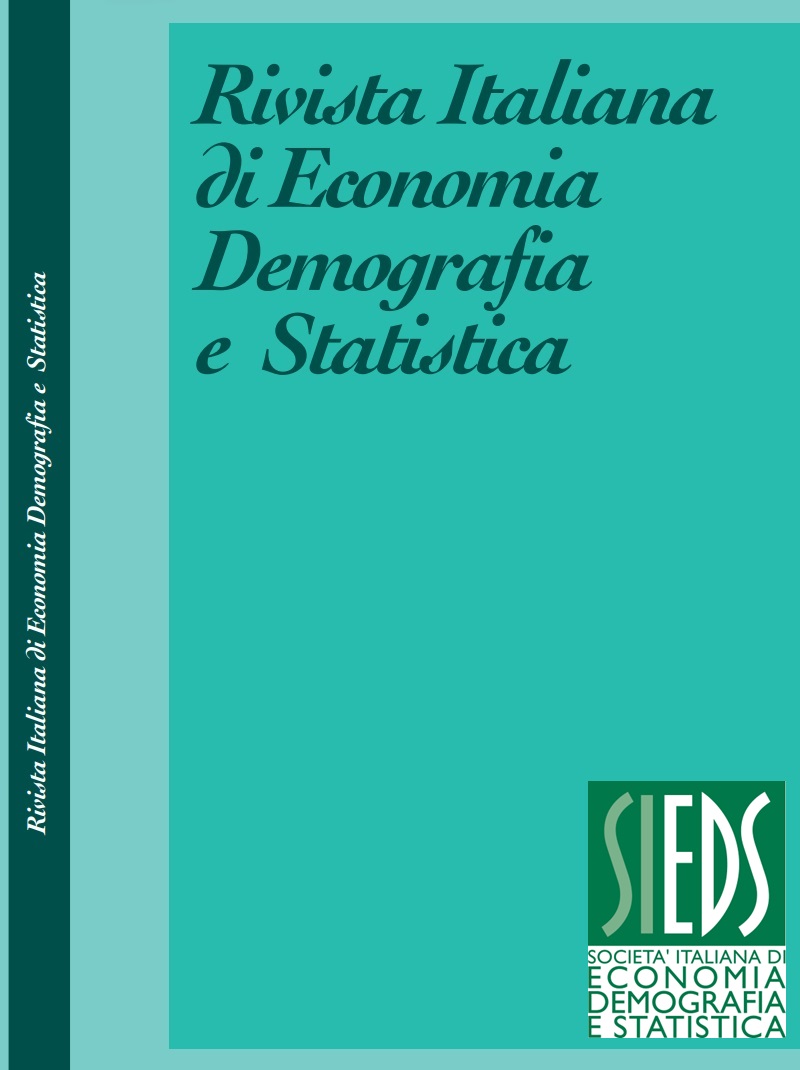Demography of Mediterranean countries: what does it happen in the two shores?
Abstract
The population of Mediterranean countries increased from approximately 475 million inhabitants in 2010 to 522 million inhabitants in 2020, representing 6.7% of the world population. Almost one third of the Mediterranean population lives in the coastal area and more than 70% in cities. Migration from rural to urban areas continues. The regional demographic context is very different on the northern (NMCs) and southern-eastern (SECs) shores. NMCs are characterized by a low fertility rate, an aging population, and a relatively low share of active population. SEMCs are in a phase of demographic transition, with relatively higher population growth, an overall younger population, and subsequently, a higher share of active population. In recent years the gap of income has reduced. Economic convergence implies that countries which have a lower than average per capita income at the end of the Second millennium tend to grow faster than the relatively richer countries of the group. In other words, there exists a steady state which all countries tend to converge pending their differences in preferences, technology and institutional settings. In this study we focus on fertility and infant mortality differences according to various characteristics: Residence, education and wealth, showing that the richest, the most educated and the urban present lower fertility and lower infant mortality. Then, we deep the situation of Egypt, that presents an increase in fertility in the most recent years. We conclude focusing on demographic convergence or divergence between the two shores.
Downloads
Published
Issue
Section
License
Copyright (c) 2022 Aurora Angeli, Maria Silvana Salvini

This work is licensed under a Creative Commons Attribution 4.0 International License.



